The discussion around All-In-One (AIO) CPU coolers versus custom loops will always be ongoing. However, recently there has been a lot of innovation in the AIO market by manufacturers to try to match the performance and customizability of custom loops. Corsair, not to be outdone by its competitors, is launching its next-generation AIO CPU cooler, the iCUE LINK Titan RX RGB. The Titan combines Corsair's latest advancements in cooling engine technology, replaceable pump caps, and iCUE LINK RX120 fans in hopes of being your next CPU cooler.
In addition to the Titan AIO, Corsair supplied me with three of its CapSwap modules. This review will examine the iCUE LINK LCD Screen, VRM Fan, and Pump Cap Groove modules. Is the Titan good enough to topple another AIO I've recently reviewed, the Cooler Master 360 Ion? Continue reading to find out.
This marks our second look at a Gigabyte component. The Taiwanese tech giant was gracious enough to provide EHW with their newest RAM kit. The AORUS RGB Memory DDR5 32GB (2x16GB) 6000MHz is part of the manufacturers recent venture into the DDR5 arena. I don’t want to spoil the fun, however this particular kit comes with some of that sweet, sweet Hynix DRAM chips. Read on to find out more.
Specifications
This AORUS kit is offered in two variants of 5600MHz and 6000MHz. The 5600MHz kit has slightly increased sub timings at 40-40-40-80.
AORUS RGB Memory DDR5 6000MHz 32GB Memory Kit, XMP 3.0, Supports AORUS Memory Boost and RGB Fusion 2.0, Selected High Quality Memory ICs, INTEL Z690 certified.
Key Features
- Memory Size: 32GB Kit (2x16GB)
- Frequency: DDR5-6000MHz
- Timing: 40-40-40-76 (XMP 6000MHz)
- Performance Profile: XMP 3.0
- Copper-aluminum composite heat spreaders with Nano carbon coating to “keep performance”
- Intel z690 certified
- Lifetime warranty
- Complies with JEDEC DDR5 industrial standard
- RGB Fusion 2.0 supported
Review Kit Details
The full specifications of our test kit can be found here. The AORUS 6000MHz CL40 kit is comprised of 2x16GB sticks and retails for $469.99 on Newegg at the time of this review.
PCB and Layout
Unfortunately, Thaiphoon Burner does not work with DDR5 memory so I was unable to get detailed specifications for the kits internals. There is no detailed data sheet on the AORUS 6000MHz that I could find on Gigabyte’s website. We can establish that our kit #132 (8D) off the assembly line was created in the 51st week of 2021 and has Hynix DRAM modules.
Unboxing
The kit arrived in colorful AROUS packaging. The internals revealed the common pressed plastic dual RAM sink holders with no additional padding or protection. A pamphlet describing the limited lifetime warranty was also included in the box.
A Closer Look/Installed
It is apparent when holding this kit how substantial the heatsink is by it’s weight. The design is subtle and the off-white RGB tops don’t scream “LOOK AT MAH RGB”. The black and silver color scheme allow this kit to blend perfectly into a black out build if running dark is desired.
Test Setup and Benchmarks
The jury is out at this point in time. It is well known that 1DPC (DIMM per channel) motherboards are able to achieve higher frequencies/tighter timings as opposed to 2DPC boards. It was our intent to push the Hynix chips to the limit of frequency and timings while remaining on air. We felt confident utilizing voltage up to 1.55v on air would be acceptable (Temps/longevity), while going over that threshold would require direct active cooling/water. Please note that the settings tested below should be done at your own risk and will usually require loosened timings to achieve stability on certain applications. Please refer to the list below for testing hardware.
- CPU – Intel 12900KF @5.2GHz (8/16 Pcore only) @ 1.4v
- RAM – Gigabyte AORUS RGB DDR5 6000MHz (2x16GB)
- GPU – EVGA 3070Ti (Stock)
- MOBO – MSI z690 Unify-X
- CASE – Open Air Bench
- SSD – Corsair MP600 Pro LPX 2TB
- OS – Win 10
- PSU – Super Flower 1600w
The QVL below was obtained directly from the product page.
XMP 1 ~ 6000MHz CL40-40-40-76 @1.35v + Auto Sub-Timings
The JEDEC spec frequency for DDR5 is 4800MHz. It makes sense that the QVL list above ONLY lists compatibility with Gigabyte motherboards. Was I concerned that the AORUS sticks wouldn’t be able to load default XMP on the MSI test board?? NOPE!
The MSI Unify-X is an enthusiast level motherboard that has previously seen G.Skill 5600 and 6000 kits previously.
Below are the results obtained with AIDA 64 (Ver. 6.60.5900) and ASRock Timing Configurator. Hardly anything to write home about, users who purchase this kit should not be happy with the sub 90MB/s speeds and >70ns latency. There are other manufacturer kits that offer substantially lower timings that will beat these speeds handily.
Overclock 1 ~ 6400MHz CL28-38-38-28 @1.5v + Trfc 500/ TREFI 50000
Our first overclock attempt was to increase frequency and test the limits of secondary timings. 1.5v should not be required to achieve 6400MHz with more relaxed secondary’s. 32-40-40-32 TRFC 650 and TREFI at Auto was stable. The increase to 6400MHz and tighter timings boosted read performance by 16%.
Overclock 2 ~ 6933MHz CL28-40-40-28 @1.55v + Trfc 650/ TREFI 35000
Our second attempt was impressive. Though we were able to load into BIOS above 7000MHz, it resulted in BSOD’s in windows without voltage >1.55v. I am sure there will be readers who are comfortable going above 1.6v to get into 7GHz territory with looser sub-timings. 21% read gains and 57.5ns latency over default XMP is about as good as it gets without devoting hours to adjusting secondary’s.
Software
Lighting software provided by Gigabyte is RGB Fusion 2.0. Despite multiple attempts to get the companion software to function, it simply did not. This was infuriating and should be a concern for users that want anything other than rainbow RGB active on their kits. It is possible that the RGB can be controlled via other software suites, however there was no additional RGB hardware installed on the test bench. It is possible this issue will be resolved over time, but at the time of writing, it does not function.
The Death of a DIMM
Before we arrive at the conclusion of this review, I would like to point out that the heatsink on these DIMMs should NOT be removed. In order to achieve the PCB shots above, I heated one of the modules with a heat gun for 2 minutes until it was almost too hot to touch. Most of the adhesive came right off, however 3 of the memory chips decided that adhesive > solder. I must admit I was shocked, I had taken many ramsinks off in the past with no problems. The yellow thermal interface over the PMIC was normal thermal padding, however the pink material over the memory appeared to be a VERY strong thermal tape. We recommend only removing the stock heatsink if you are in need of advanced forms of cooling (Water/LN2) and have access to extended acetone soaks.
Conclusion
This is the first time we’ve been able to sample a Gigabyte product and their first venture into the DDR5 arena. I must say that I was impressed with this kit’s capability and ensuring that it was built with Hynix IC’s was no oversight. The black and silver color scheme and subdued AORUS logo make for an aesthetically pleasing addition to any system. Great thought was considered in designing the copper/aluminum heatsinks to ensure optimal functioning of the onboard PMIC’s and ECC modules.
Testing revealed just what this kit can achieve. As stated above, the default XMP profile offers little to get excited about and there are numerous 6000MHz kits with tighter timings for less money on the market. The person who is going to buy this kit is going to take advantage of the Hynix IC’s, be willing to actively cool the modules and take hours playing with settings over 1.6v to join the 7GHz club.
Lets address the elephant in the room, pricing. The Gigabyte AORUS RGB 32GB (2 x 16GB) kit retails on newegg for $469.99 at the time of this article. You can grab a G.SKILL Trident Z5 Series 32GB kit with lower primary XMP timings for $319.99. If you are an enthusiast looking to push the limits and have deep pockets, this kit is for you. If you are new to the DDR5 platform and do not desire spending hours fiddling with settings, we suggest cheaper alternatives.
| Pro's | Con's |
|---|---|
| Beautiful Design | Price |
| FAST! | RGB Software Did Not Function At Time Of Writing |
| Hynix IC's |
Want to discuss this product or give your views and feedback from your own usage? Discuss on the ExtremeHW Forums
Like our content? Please consider Donating to help us to continue our writing.
This Post Has 2 Comments
Leave a Reply
You must be logged in to post a comment.




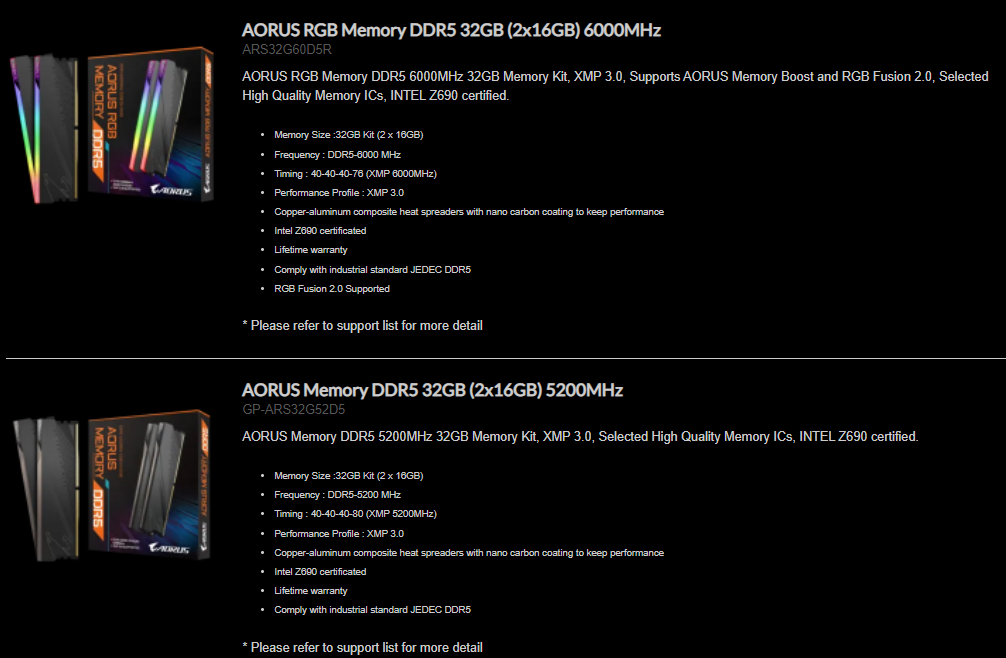
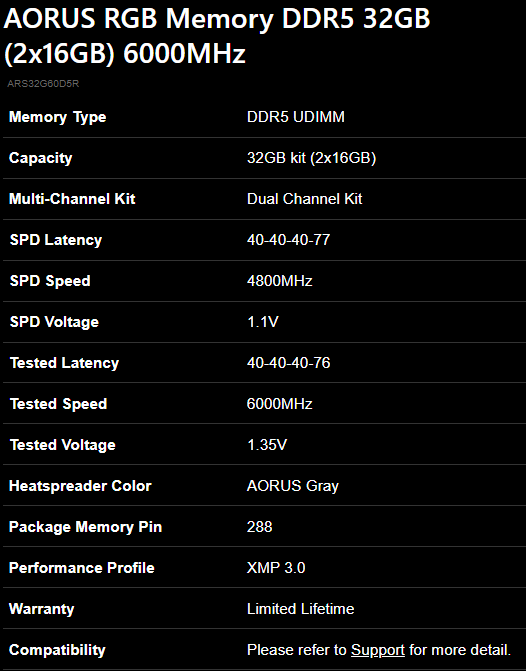

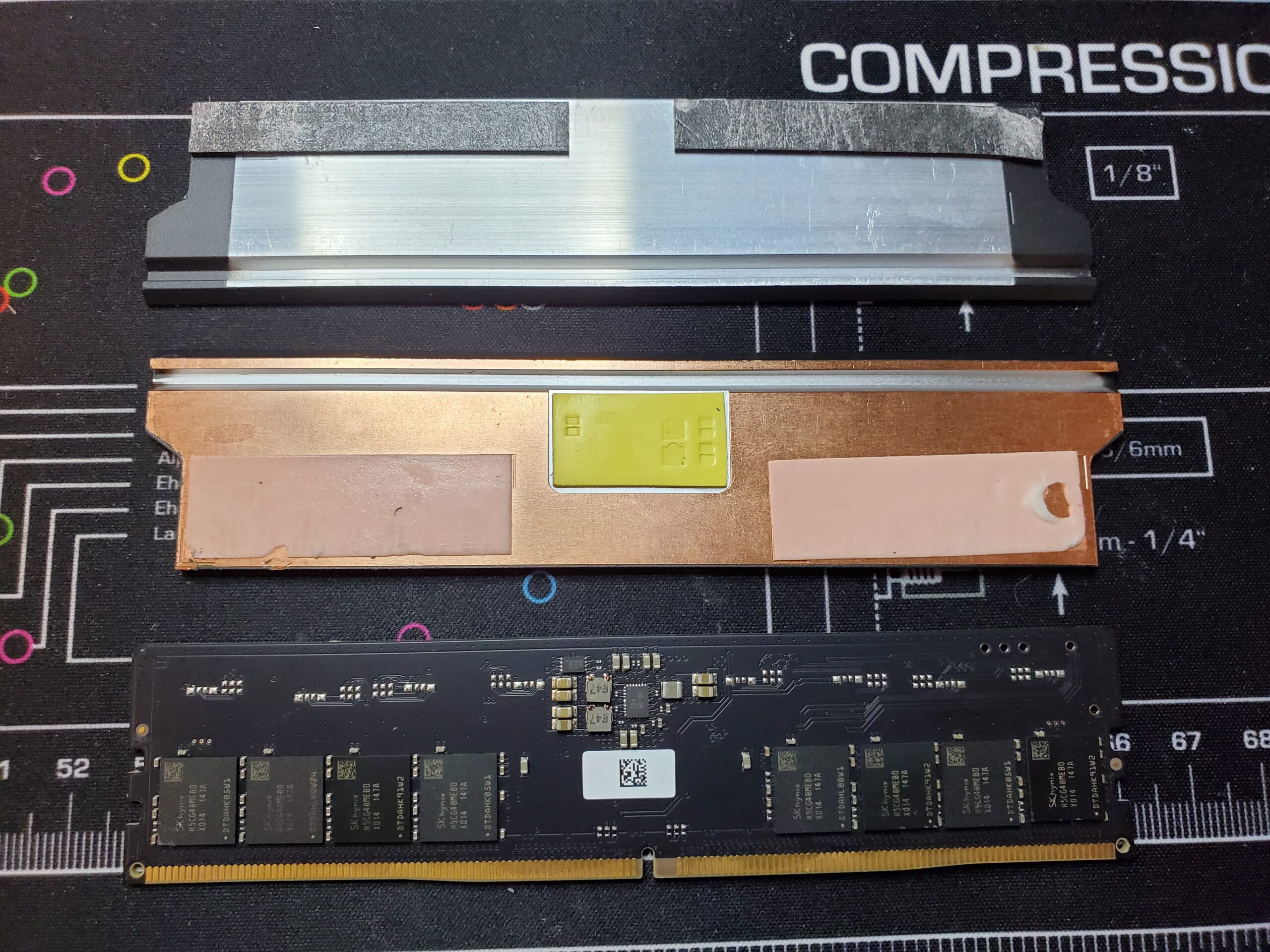
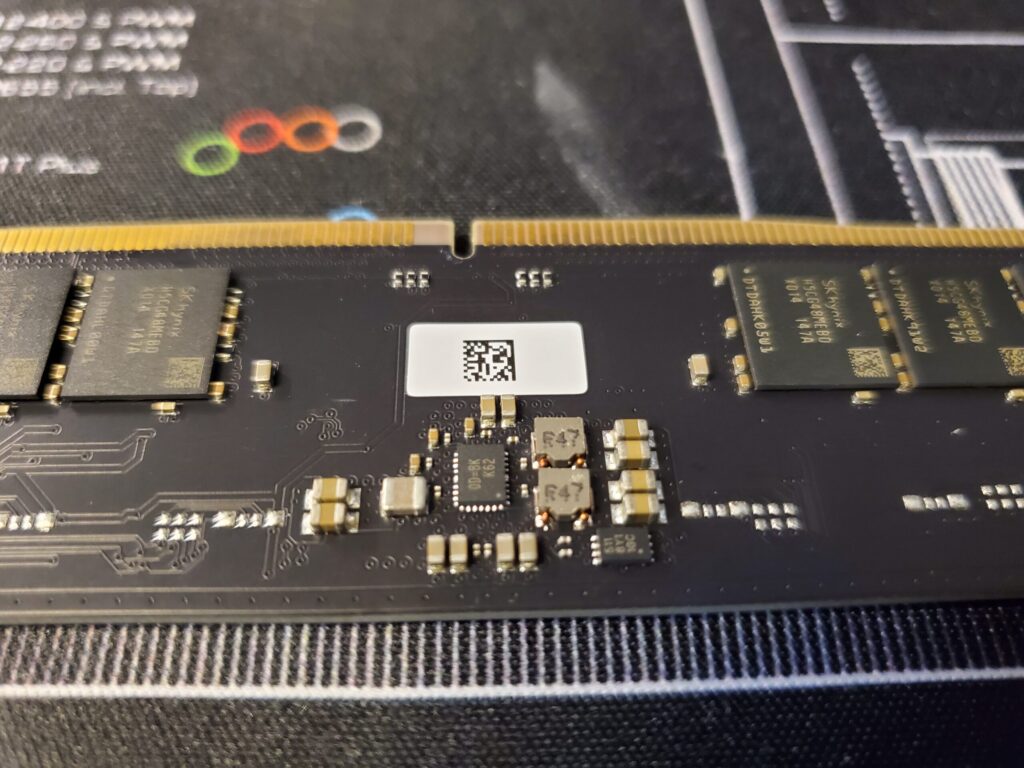
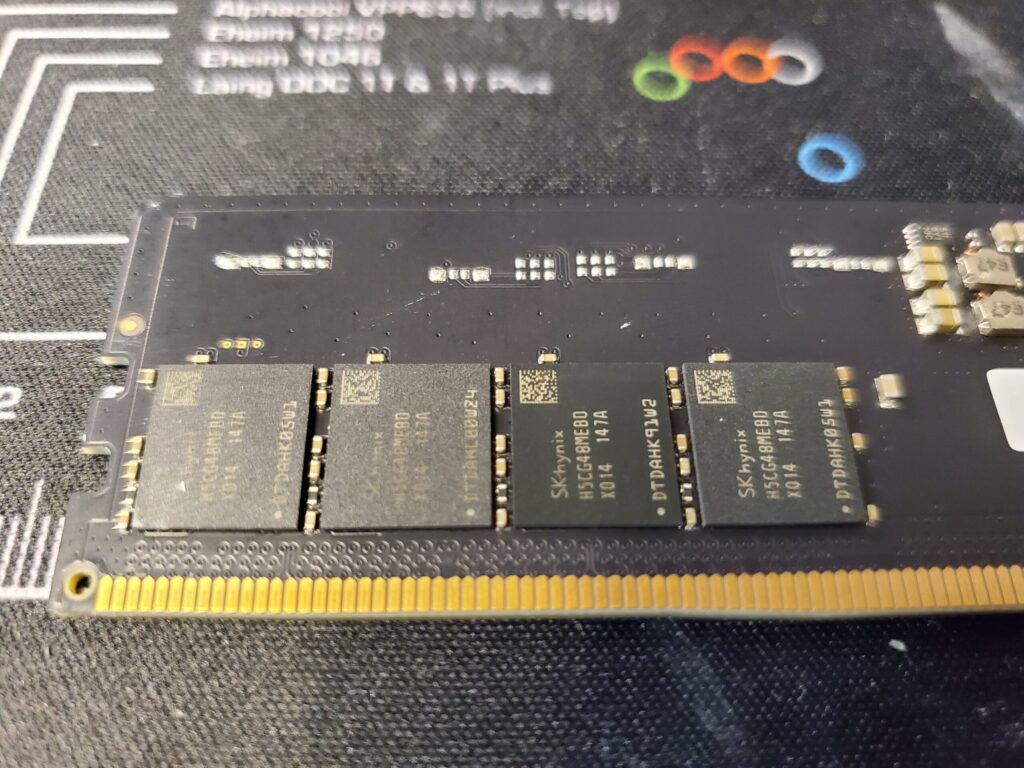
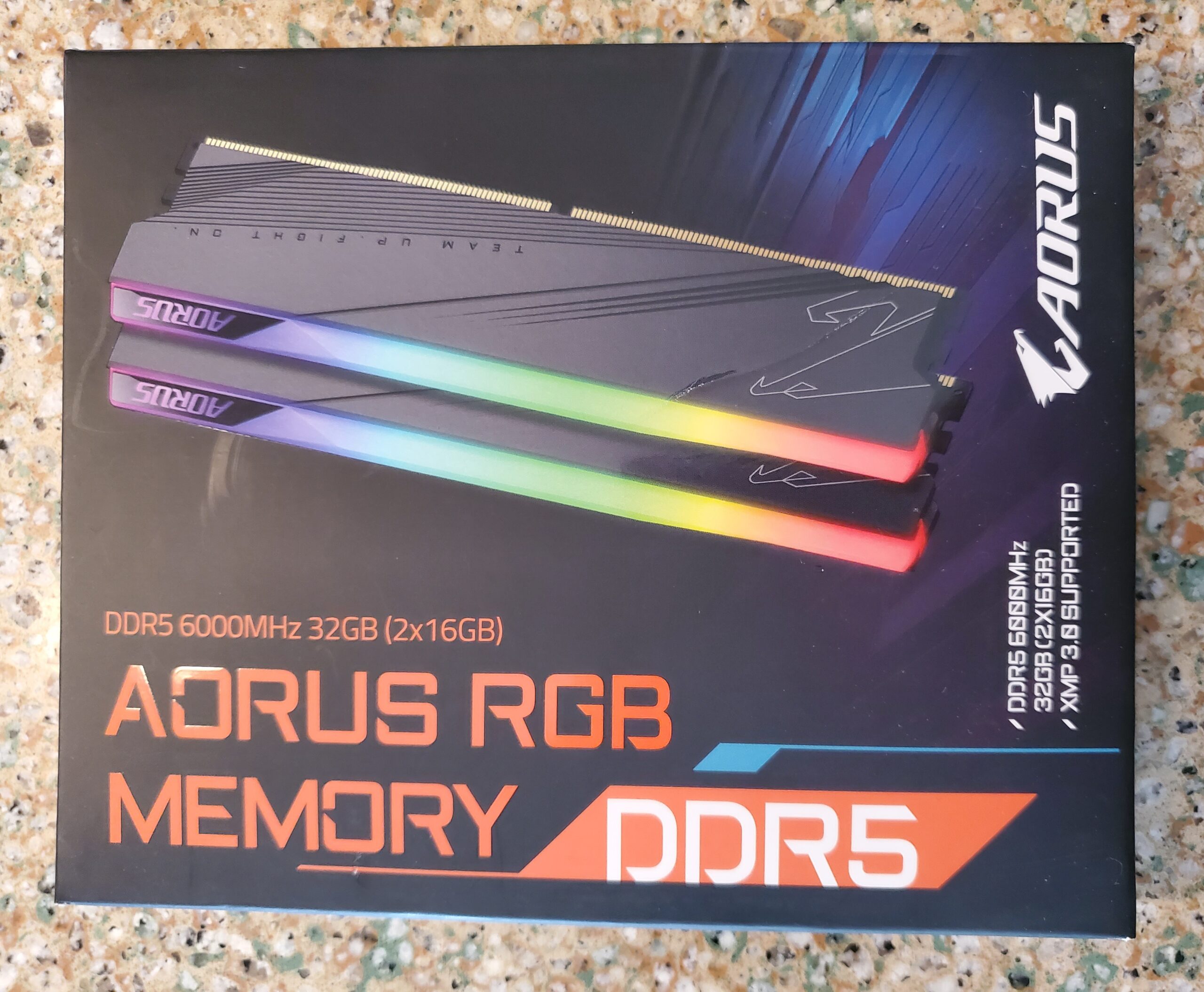
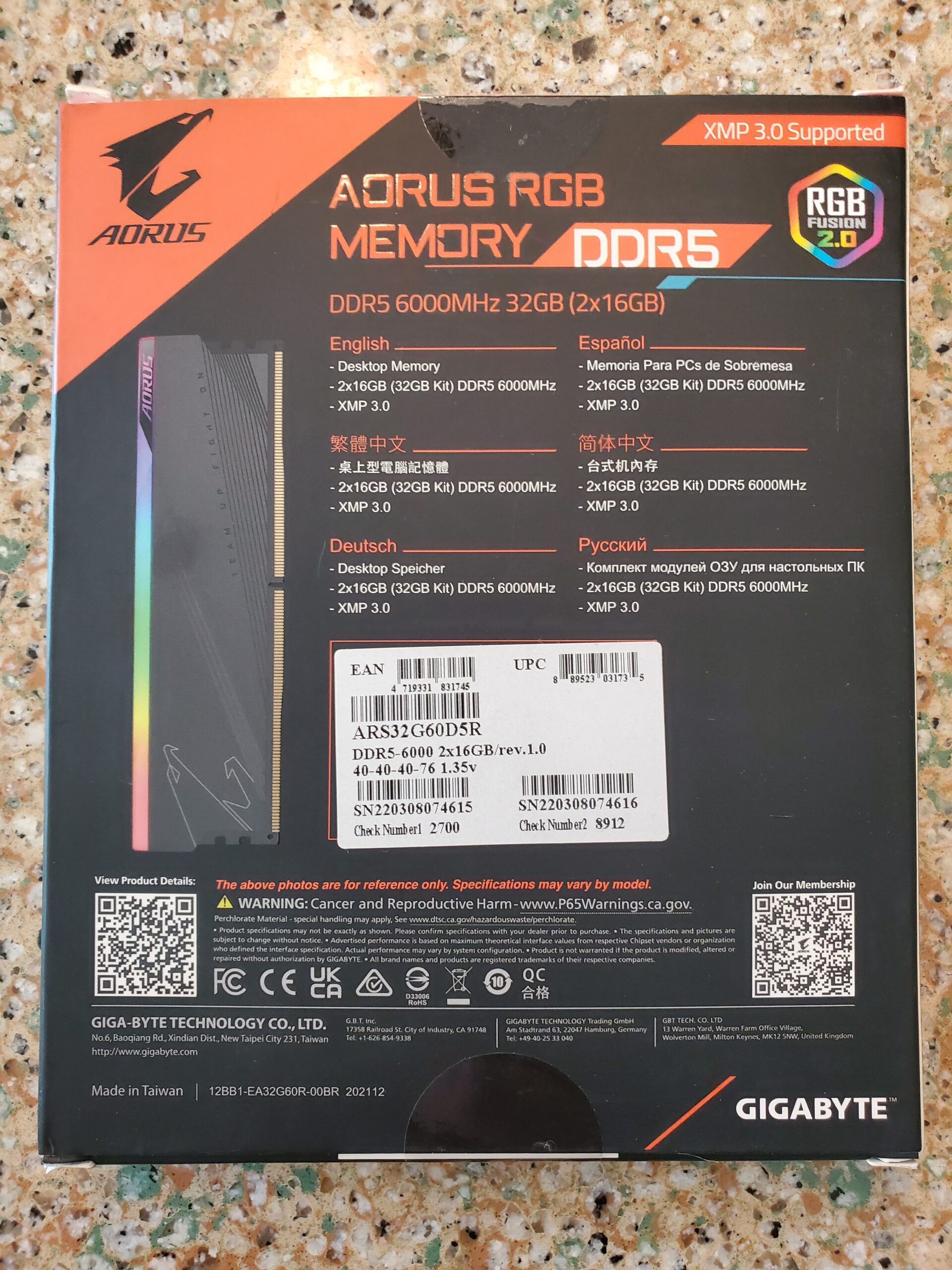
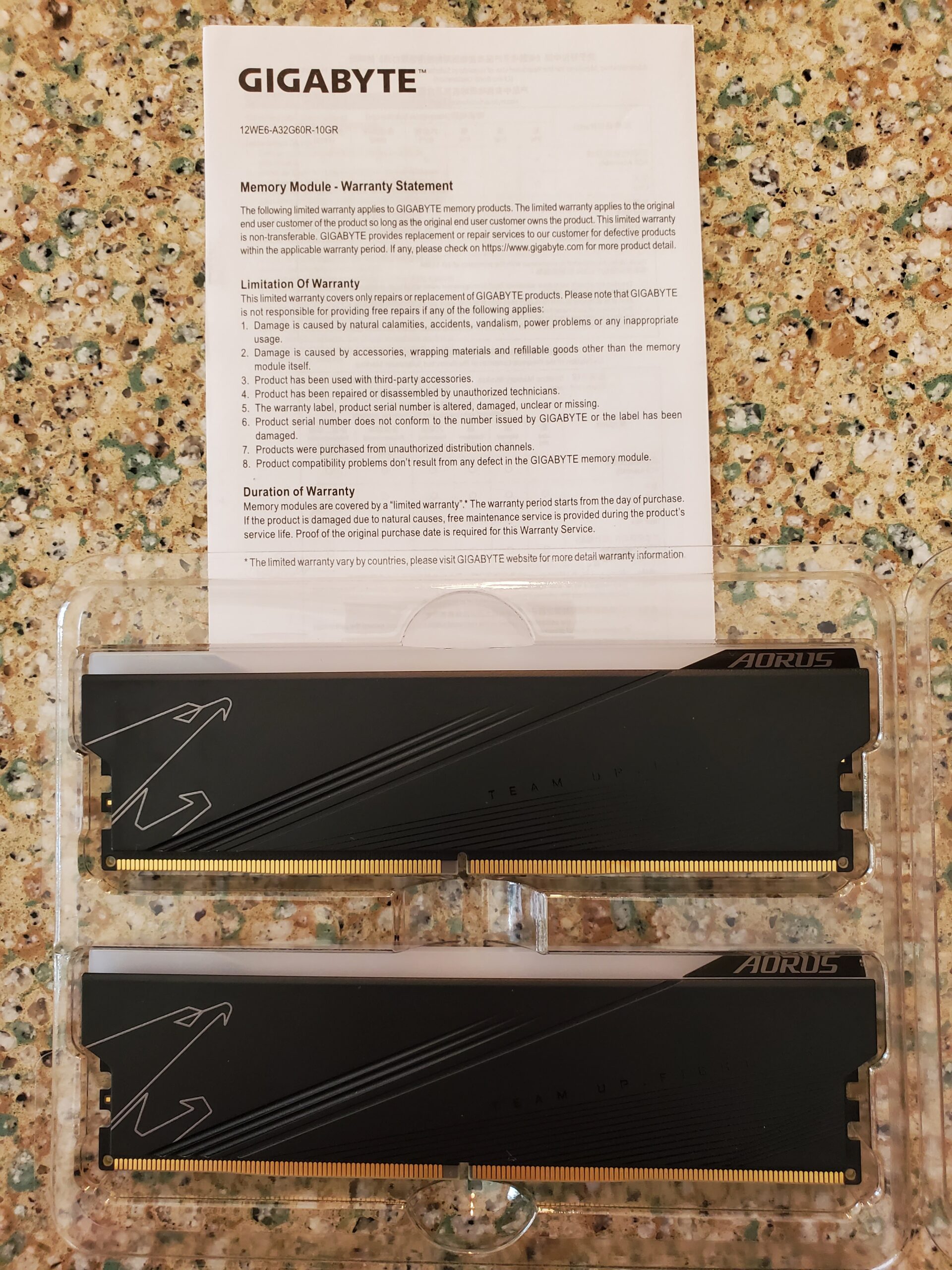
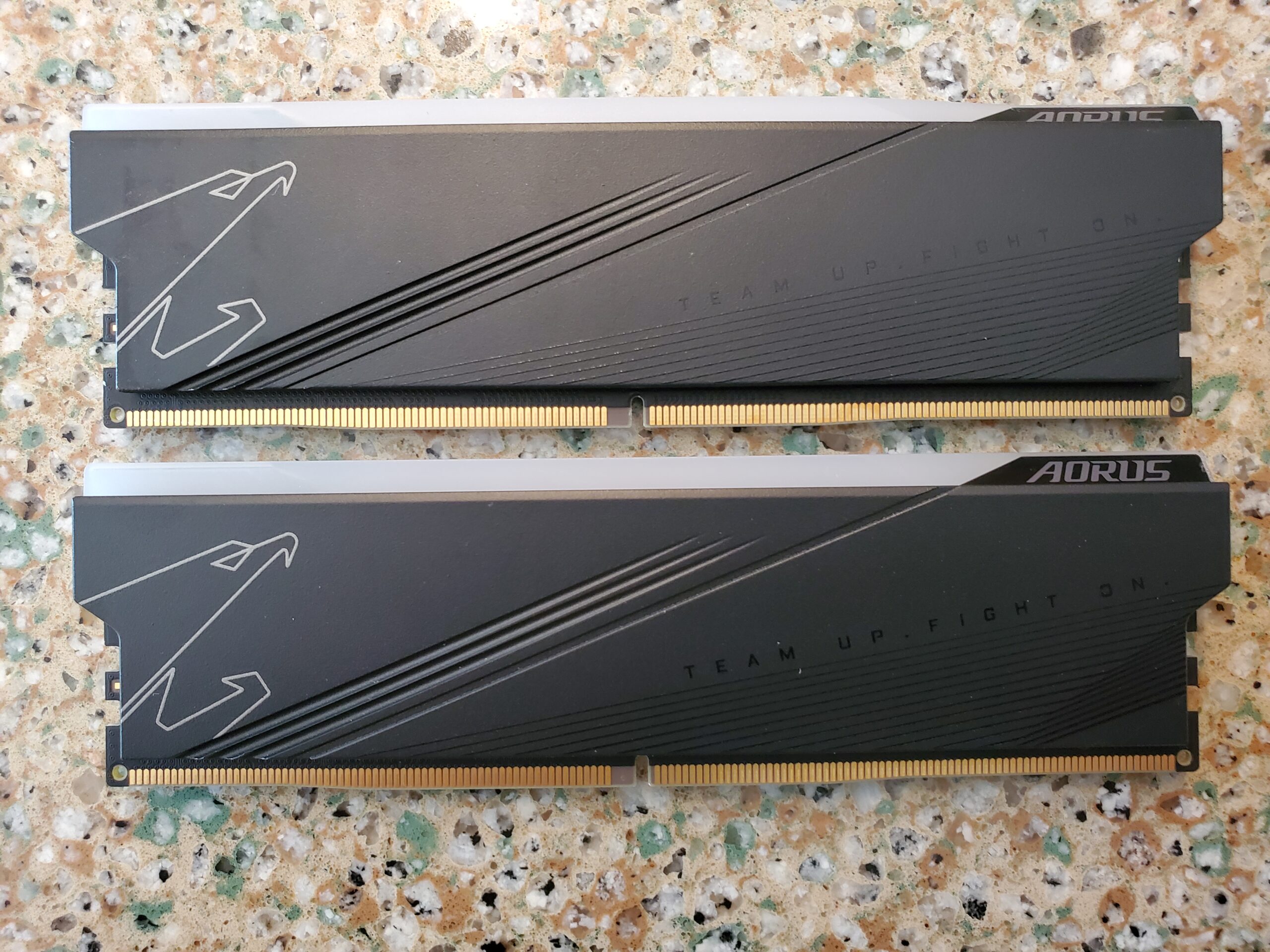
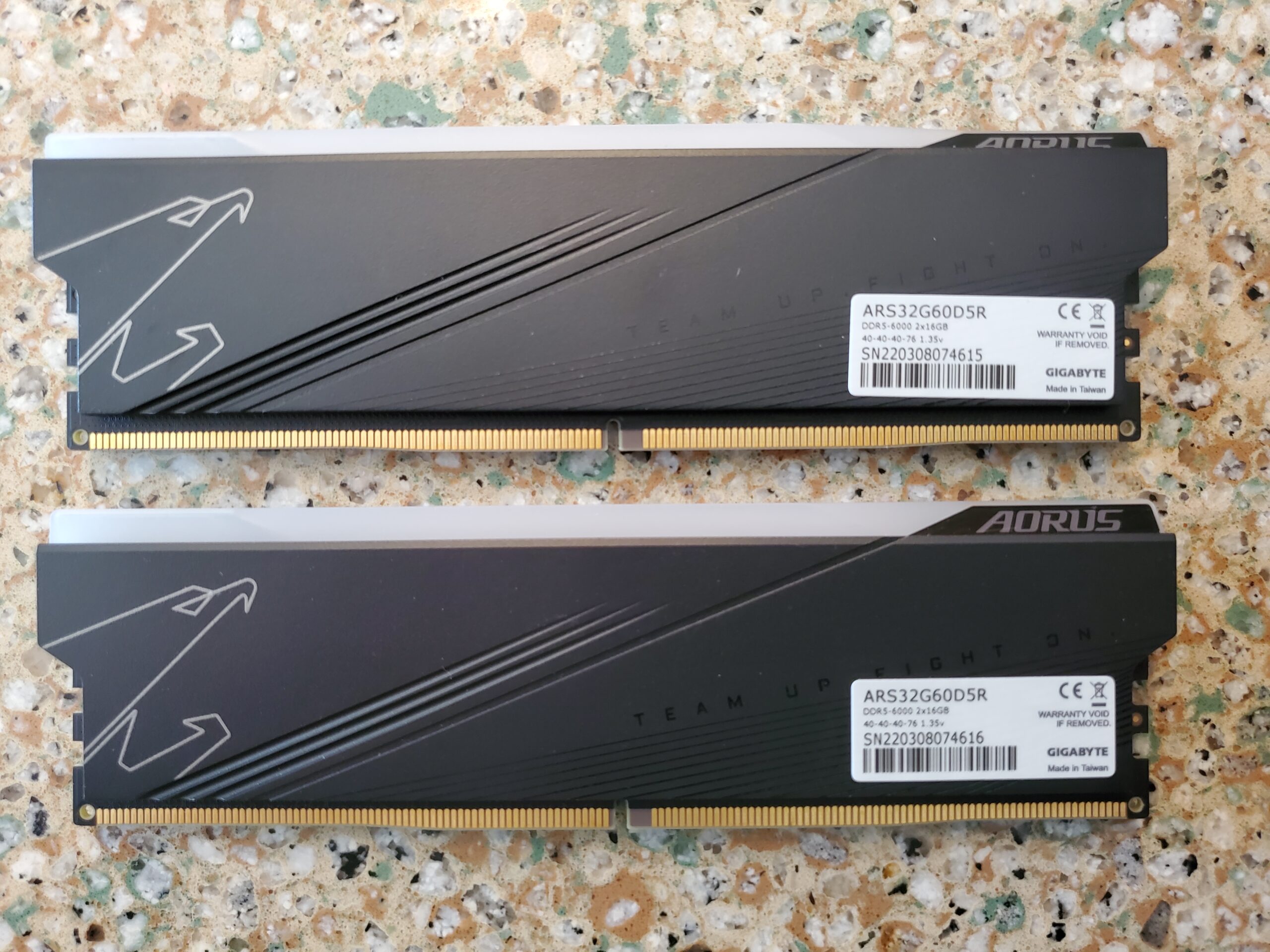
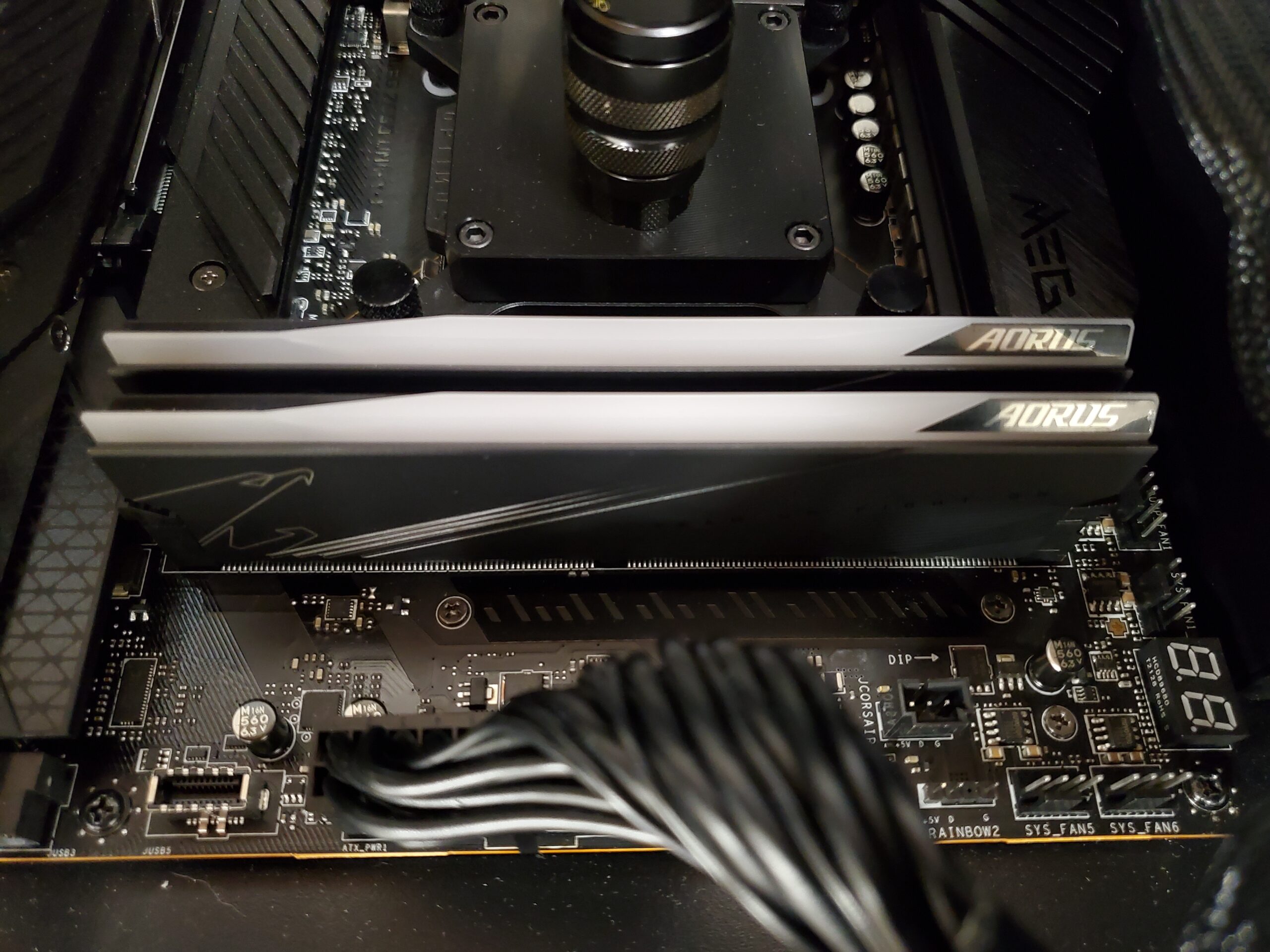


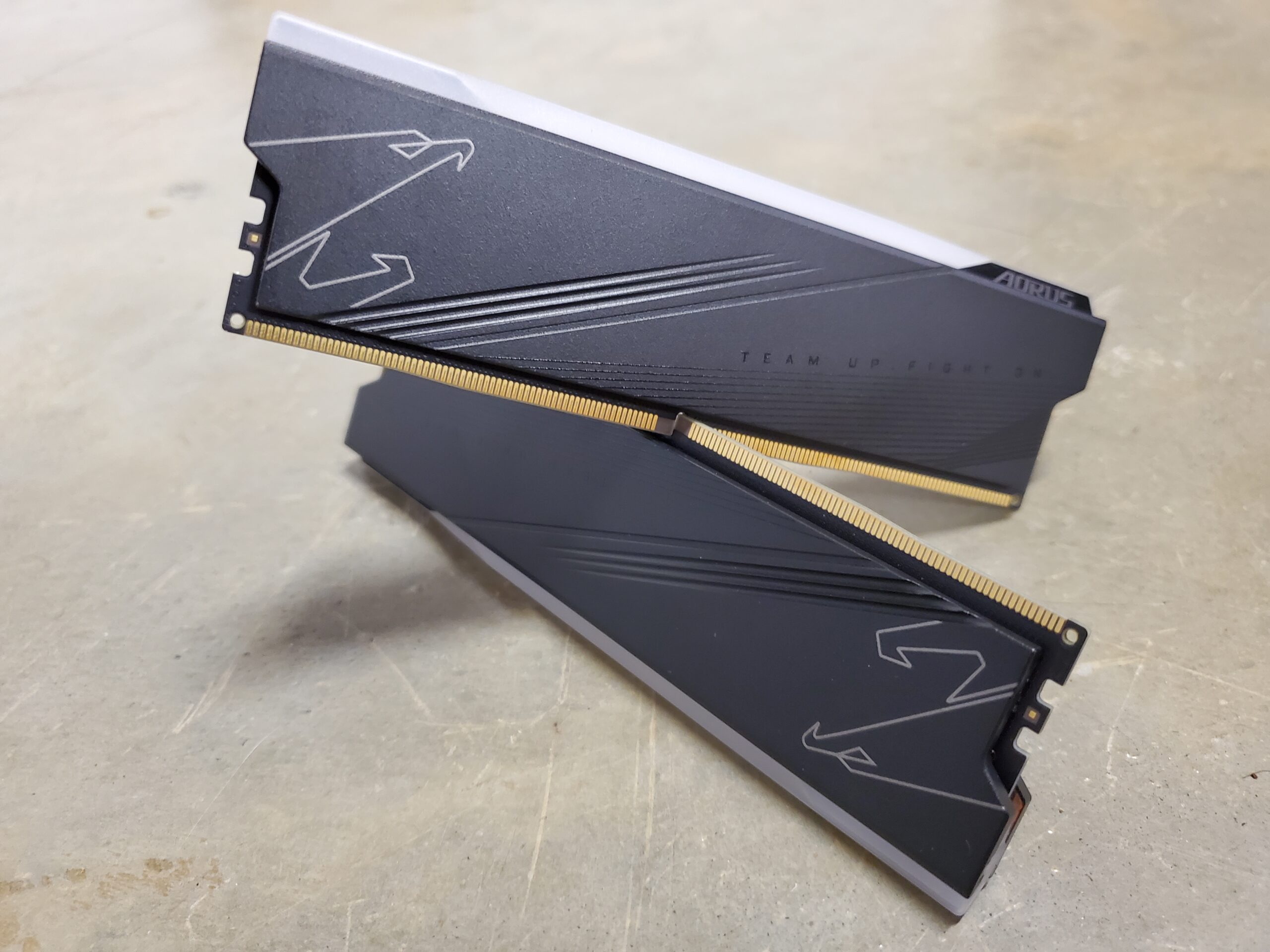
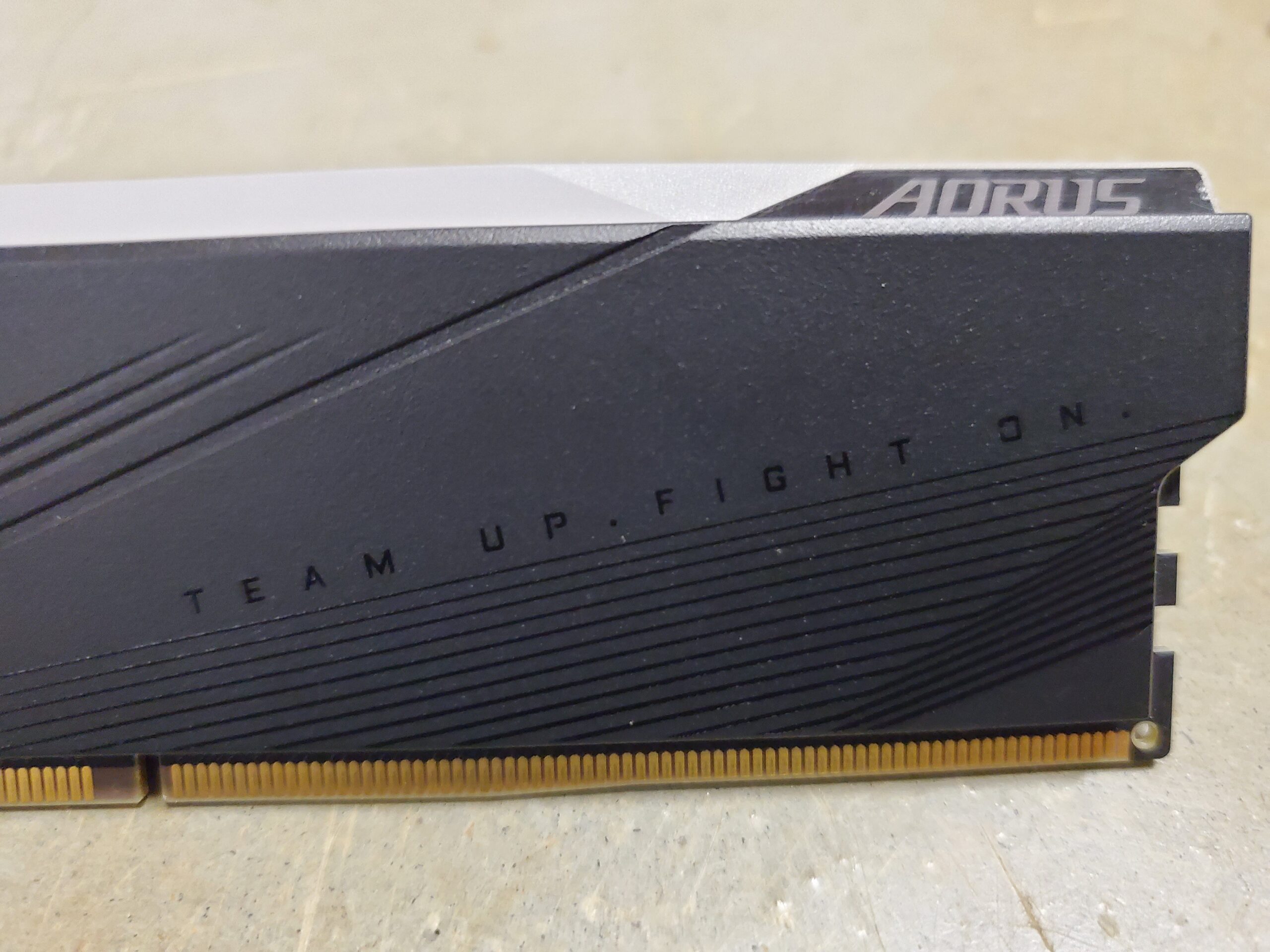
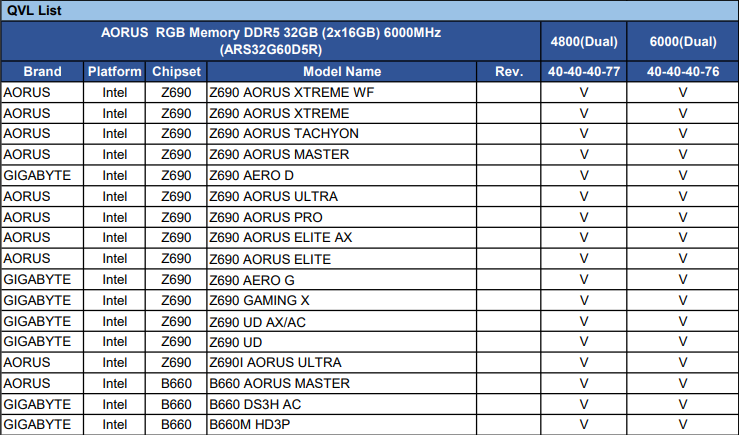
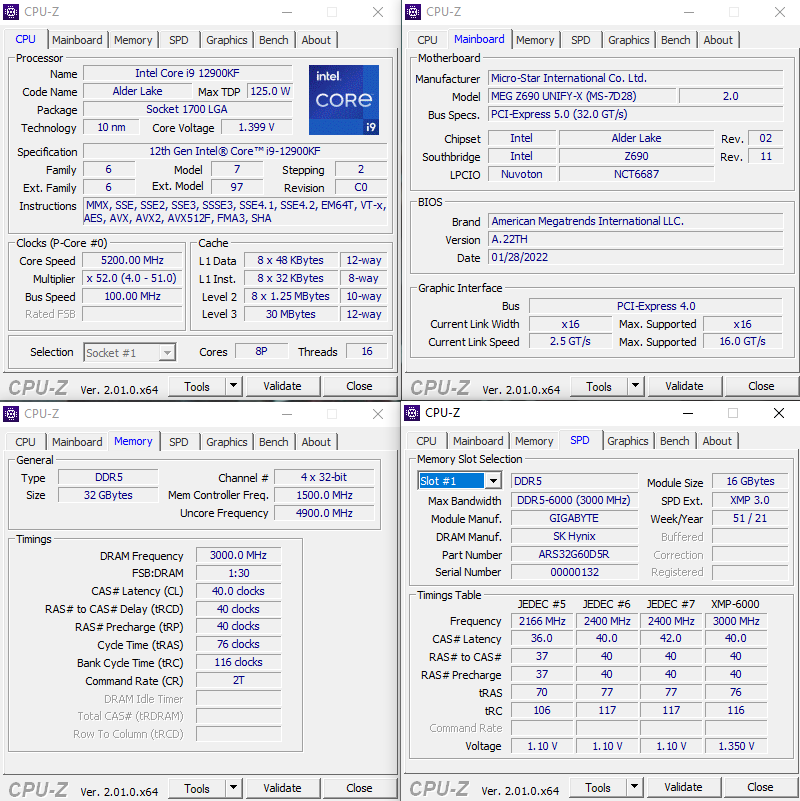
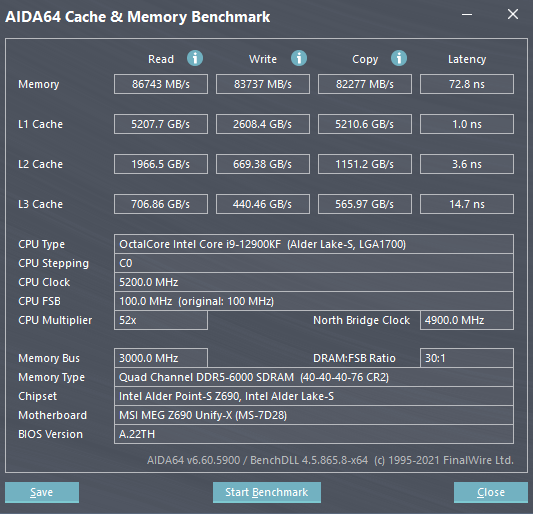
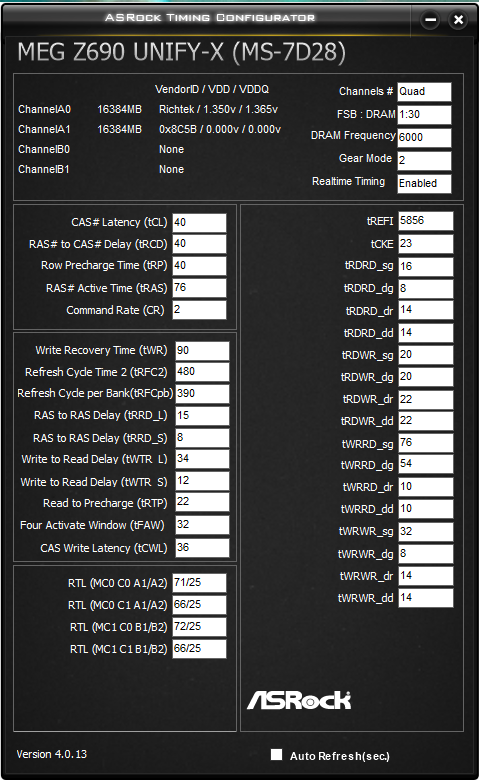
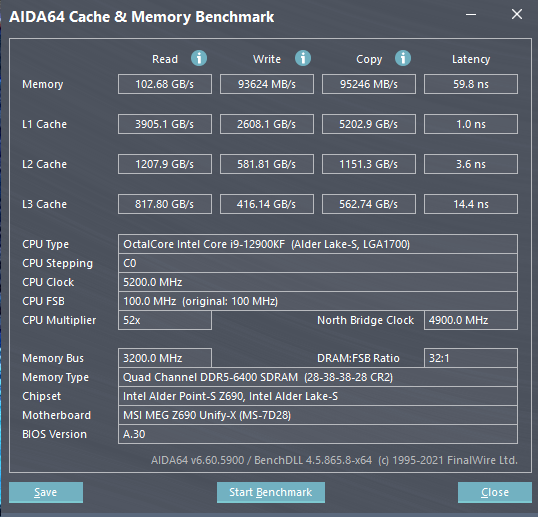
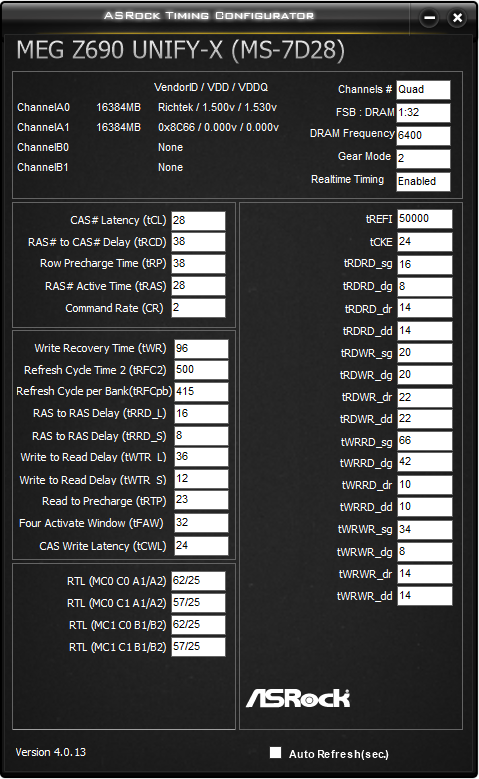
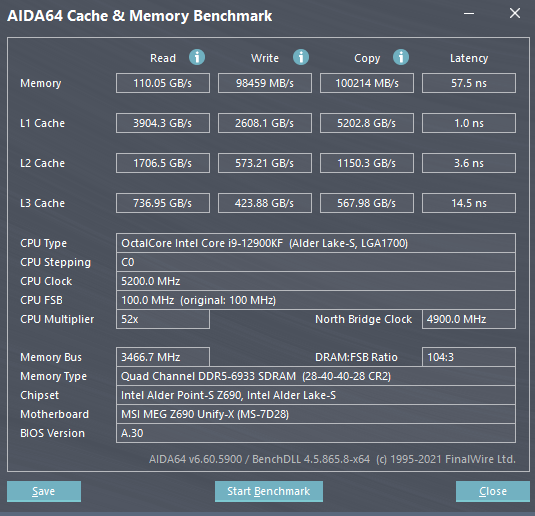
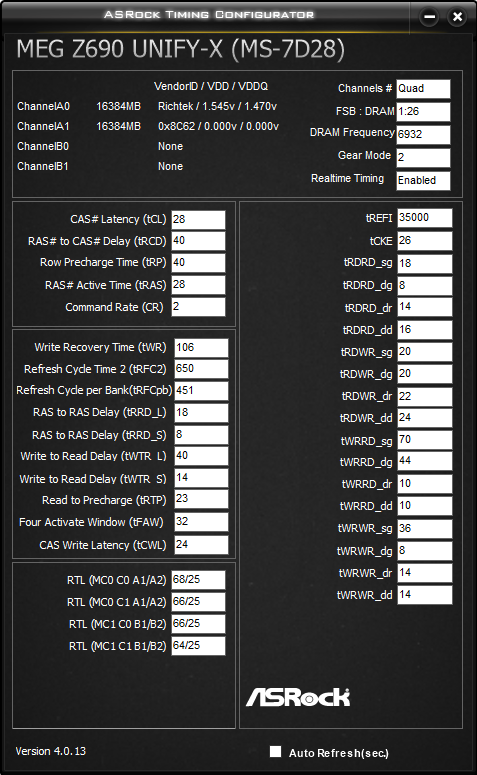
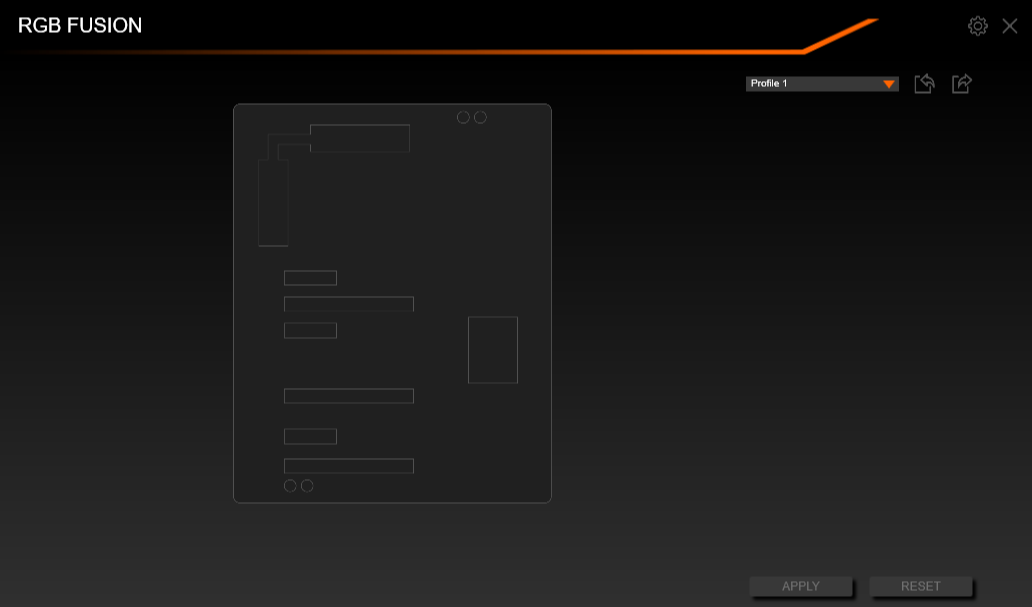
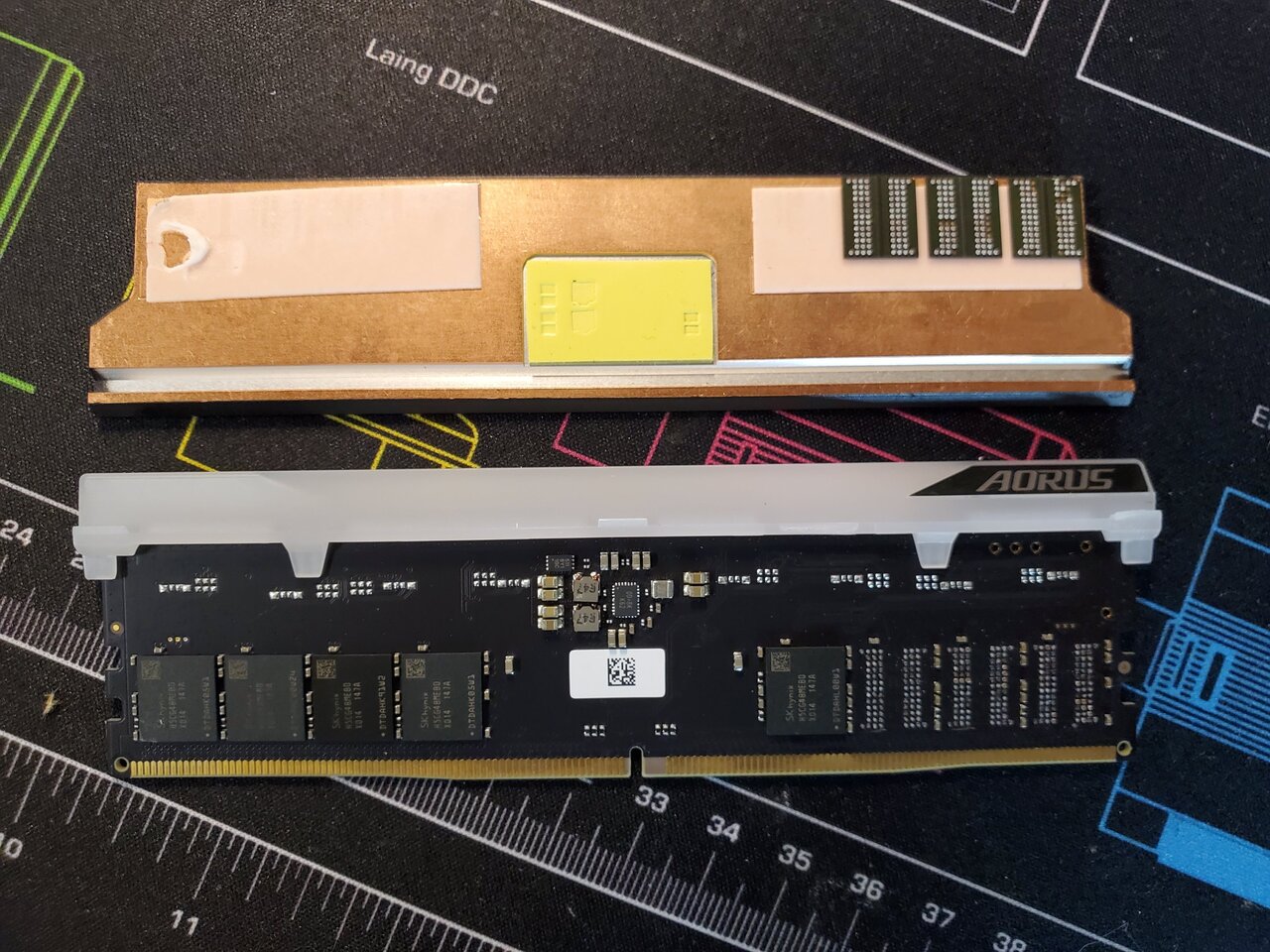

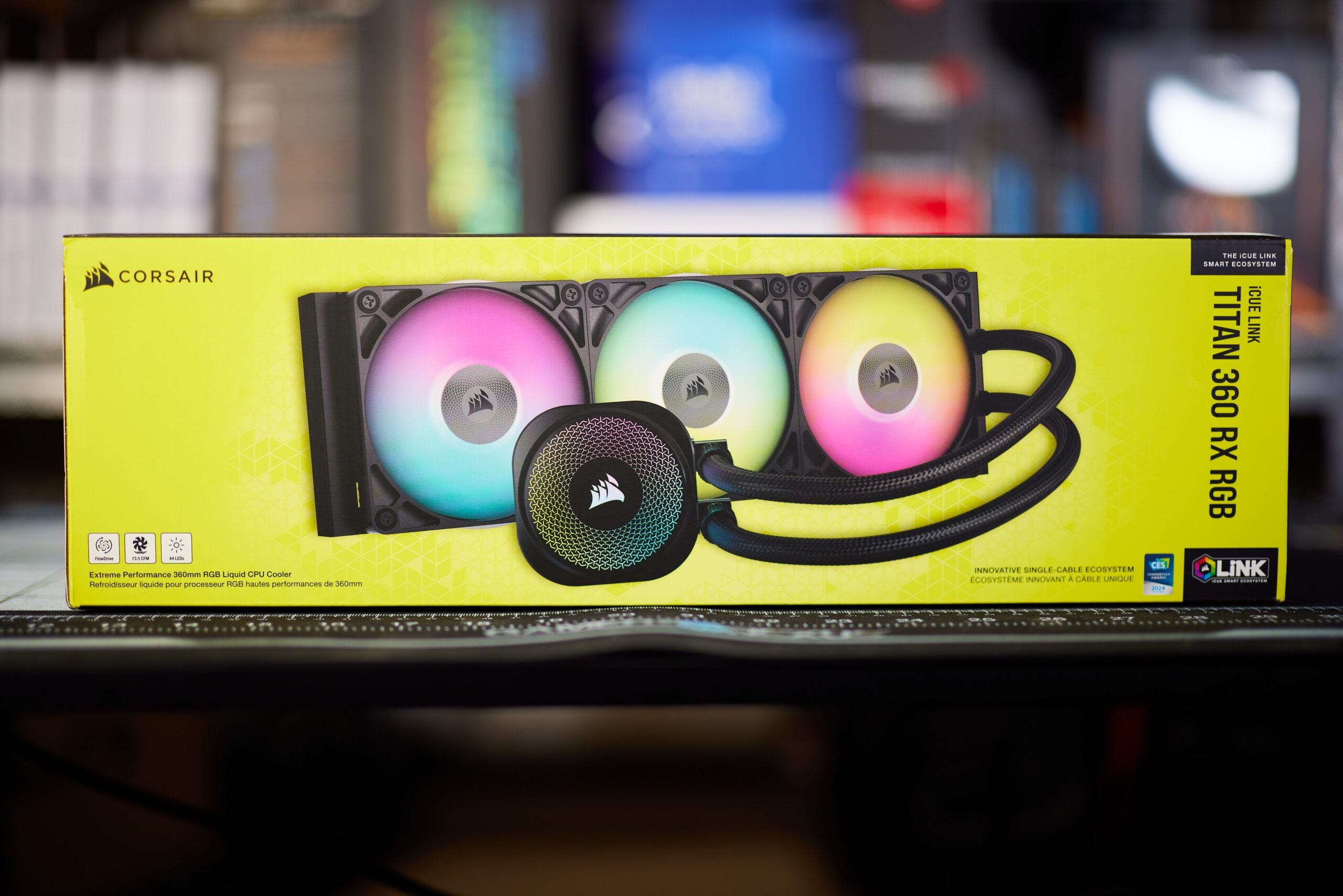
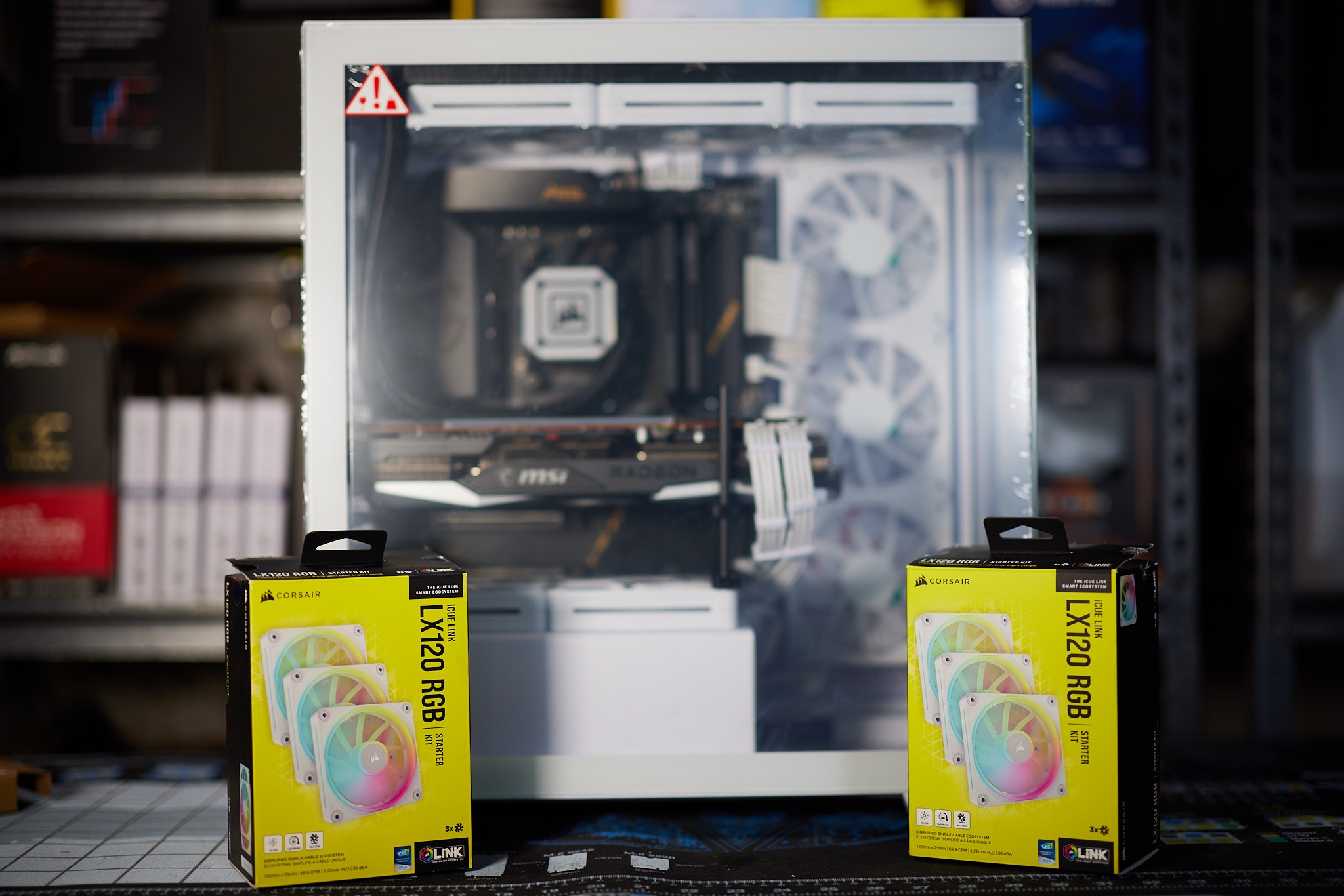
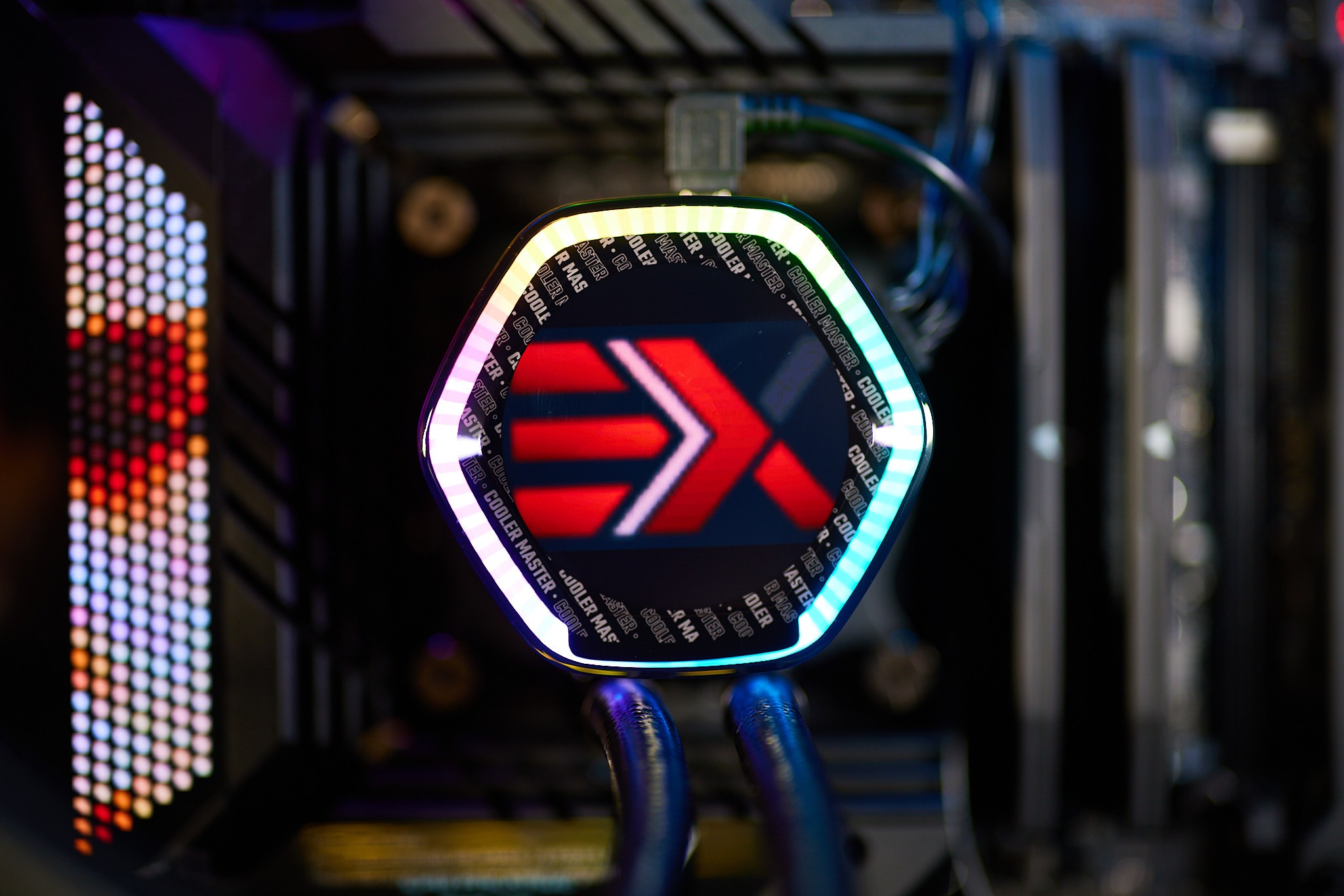
Good to see you here Avocado. Seems you are David Miller successor?
Thanks Sams! No one can replace David Miller. He is a review god. We miss him, Intel snagged a great one.